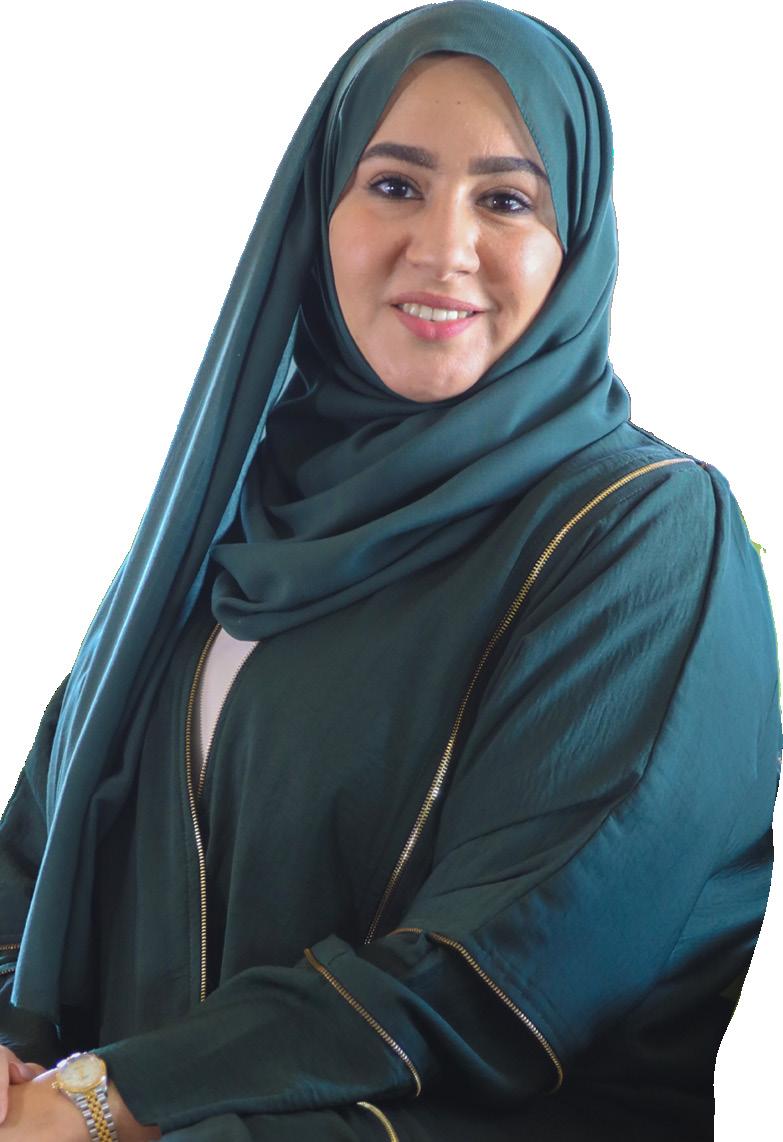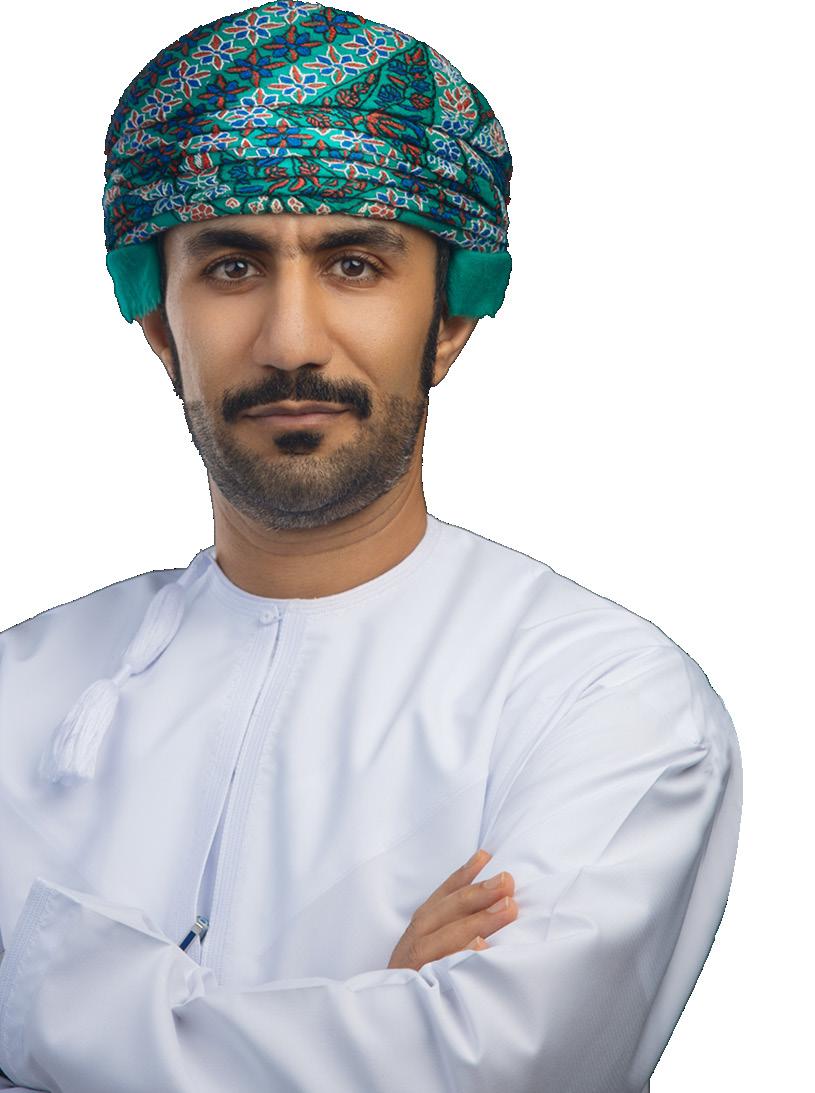
3 minute read
The Future of R&D
The importance of research and development in the field of sustainable development is highlighted by Dr. Buthaina Al Wahaibi, the Head of Research and Development at Nama Water Services
How important is R&D to promote sustainabilityrelated measures?
Advertisement
There is a firm correlation between research and sustainability. As you know climate change is one of humanity’s biggest challenges – and it requires global action on an unprecedented scale. The significance of this issue resulted in the Paris Agreement in 2015, the first agreement that acknowledged the problem, the gravity, and the efforts needed to address it. The science is clear – the world needs to reduce its greenhouse gas emissions to net zero by mid-century to achieve the target of limiting global warming to 1.5 degree-Celsius.
Sustainability is a wide field which constitutes three main pillars: economic viability, environmental protection, and social equity. The role of R&D is directly related to the third pillar of Nama Group Sustainability Policy which is the Environmental Pillar. This contribution is in mitigation and adoption, mitigation due to technical approaches for reducing carbon emissions through renewables, energy efficiency, water reuse, and resource recovery of nutrients. In addition, adoption is to ensure water and energy security whenever there are climate crises like floods and droughts.
Nama Group, in its capacity as the supplier of electricity and water in the Sultanate of Oman, seeks to contribute to this objective by producing a high-level decarbonization plan in 2022. In the year, a detailed road map of the transition towards carbon neutrality was developed. Sustainability and decarbonization seek for reducing carbon emissions through strategic measures that either have a return on investment through energy or water savings.
In addition, on a national level, Nama Group contributed to the preparation of the national strategy for an orderly transition towards zero-carbon neutrality was organized and managed by the Oman Vision 2040 Implementation Follow-up Unit.
In what ways are Nama Group and Nama Water Services using R&D as an input to bring about innovation?
Research and development are frequently touted and labelled as the fundamental engine for creating sustainable innovations and achieving climate transitions.
R&D sustainability aims to encourage companies to provide green products that are not harmful to the environment. And not only must the products be environmentally friendly, but also the processes and machines that manufacture them.
Research and development activities in Nama Group pertaining to water seeks to develop technical aspects to achieve sustainability goals:
• To maintain up-to-date development of technology, technical standards, and specifications in the industry.
• To implement cost-effective and efficient treatment process configuration in the organization of future projects while meeting the regulatory requirements and standards.
• To optimize and enhance the performance of existing operating assets for increased productivity, efficiency, and product quality.
• To explore new technology that provides a longer equipment life cycle and higher efficiency, and costs saving.
• To explore and source alternative solutions, technologies, equipment, and sustainable treatment methods for the development of assets.
Some of the main examples of Sustainability projects are:
• Water-smart metering
• Initiating renewable projects such as the Ibri II Solar Power Plant
• Hydropower feasibility studies in water networks
• Energy Efficiency Management in Water Utilities
• Cost-effective solutions such as bio-trickling filters instead of chemical scrubbers for odor treatment
• Sustainable treatment solutions in the constructed wetlands
• Treated water utilization in greenery and plantation with the Environment Authority for carbon reduction
• Treated water utilization in green hydrogen production
• Opportunity of producing power from sludge conversion to energy
• Environmental protection by Kala Composting
What are the initiatives taken by you to ensure strong collaboration with other key institutions in enhancing R&D?
It is a great opportunity to announce that we are on the way to establishing a Water Sustainable Center through the National Research and Development Platform that will play as a multi-functional facility aimed to enable independently test, evaluate, and adapt various water treatment technologies to the Omani conditions and regulations.
The potentials of the multi-functional platform will include the following facilities and benefits:
• The facility will serve as a hub for conducting applied research that aims to expand opportunities in successful treatment technologies. The research outcomes will aid in the evaluation and pre-selection of the most reliable, effective, and sustainable treatment technologies suitable for Omani conditions, thus facilitating technology selection and adaptation.
• The Demonstration Facility aims to showcase various technologies related to water and wastewater treatment, sludge management, treated effluent utilization, and odor control. Doing so will help foster public acceptance and outreach, contributing to Haya Water’s strategic social involvement.
• The facilities will also support decision- and policymakers in revising and amending existing legal provisions and standards to ensure safe reuse and economic feasibility of Omani water assets and management.
• It will help with testing and certification of vendors by testing their products and services, thus contributing to job creation, in-country value creation, and sustainable economic growth.
• The Training Centre will offer a range of capacitybuilding programs to enhance practical and technical knowledge. This initiative will gradually and consistently add value to local communities by strengthening the capacity of local human capital.










